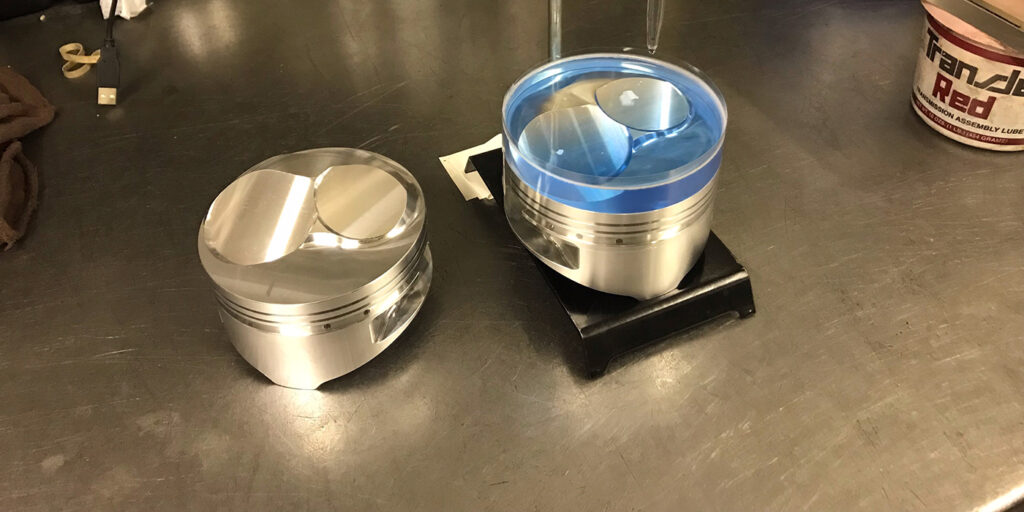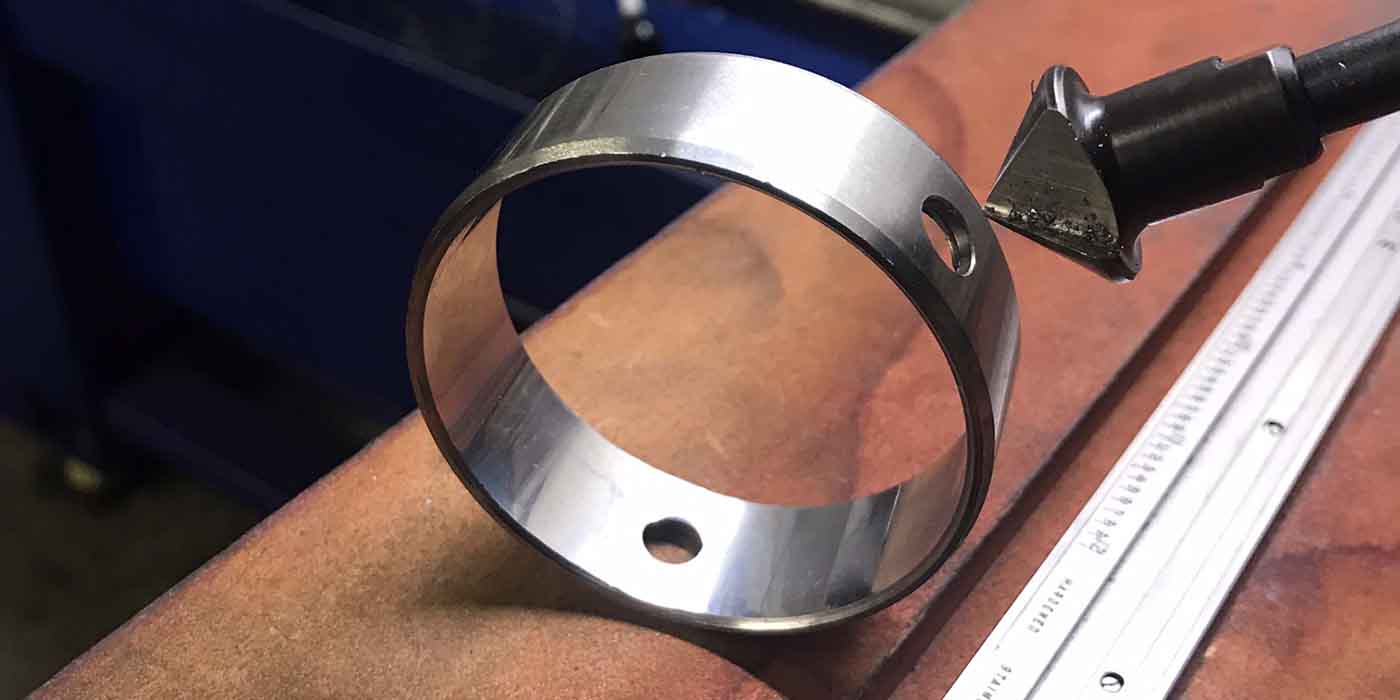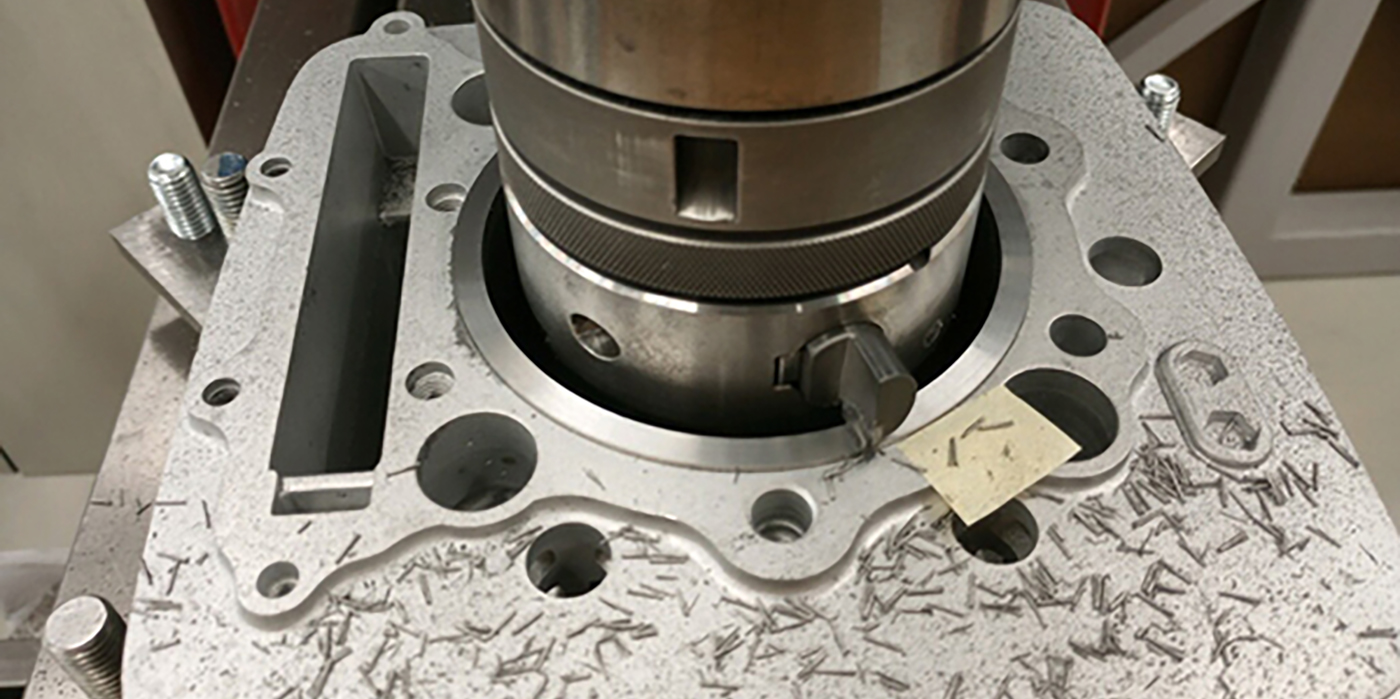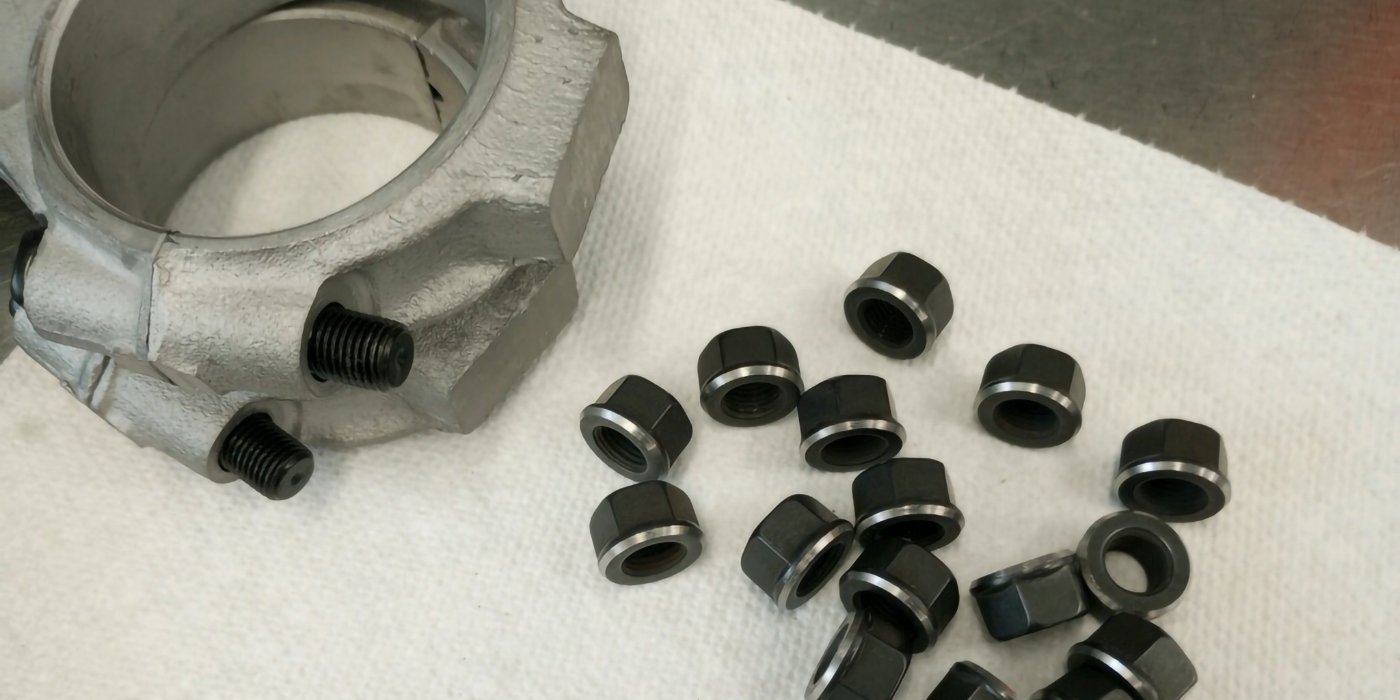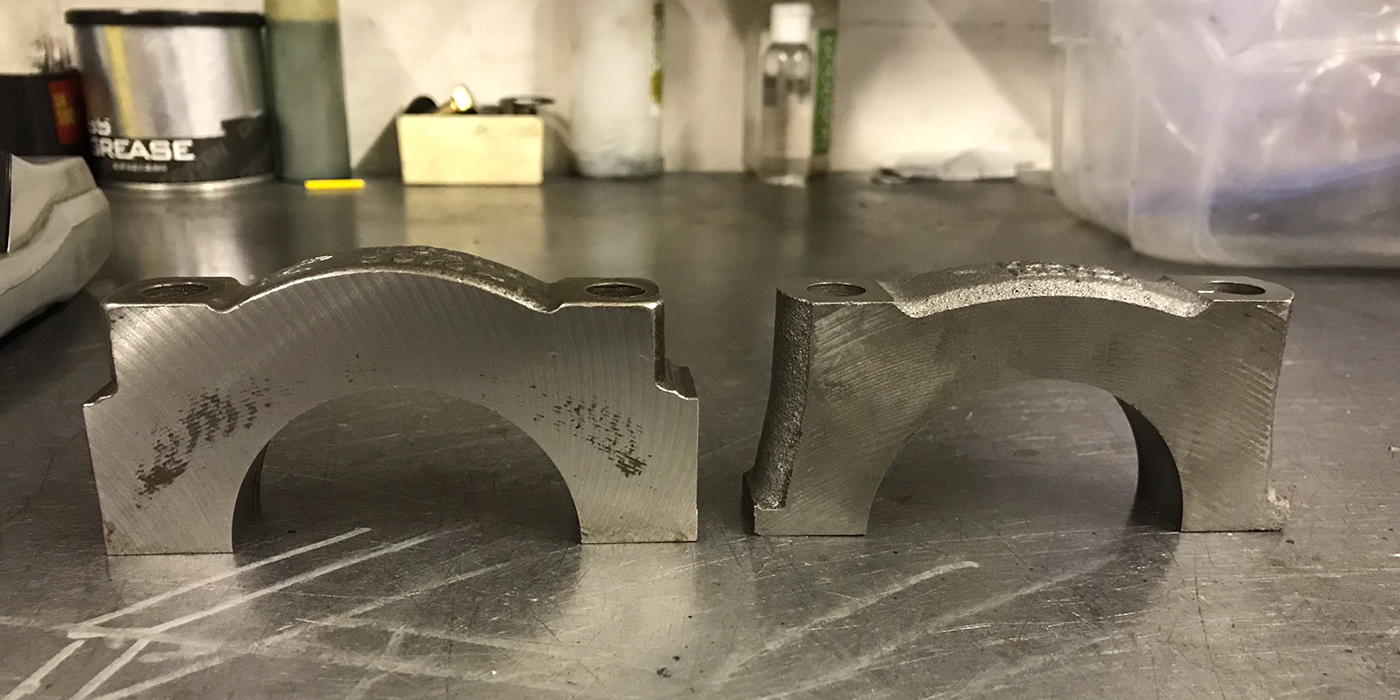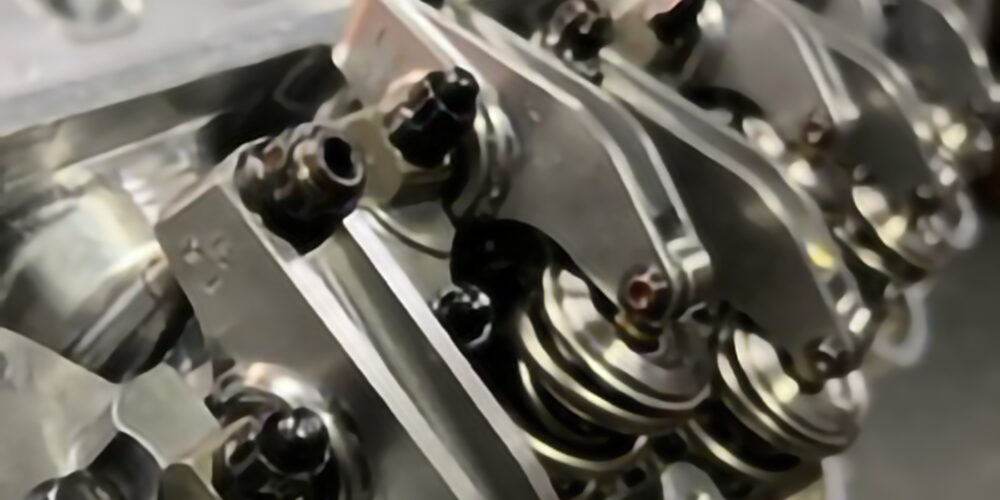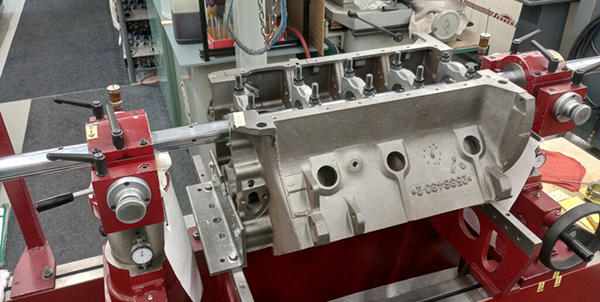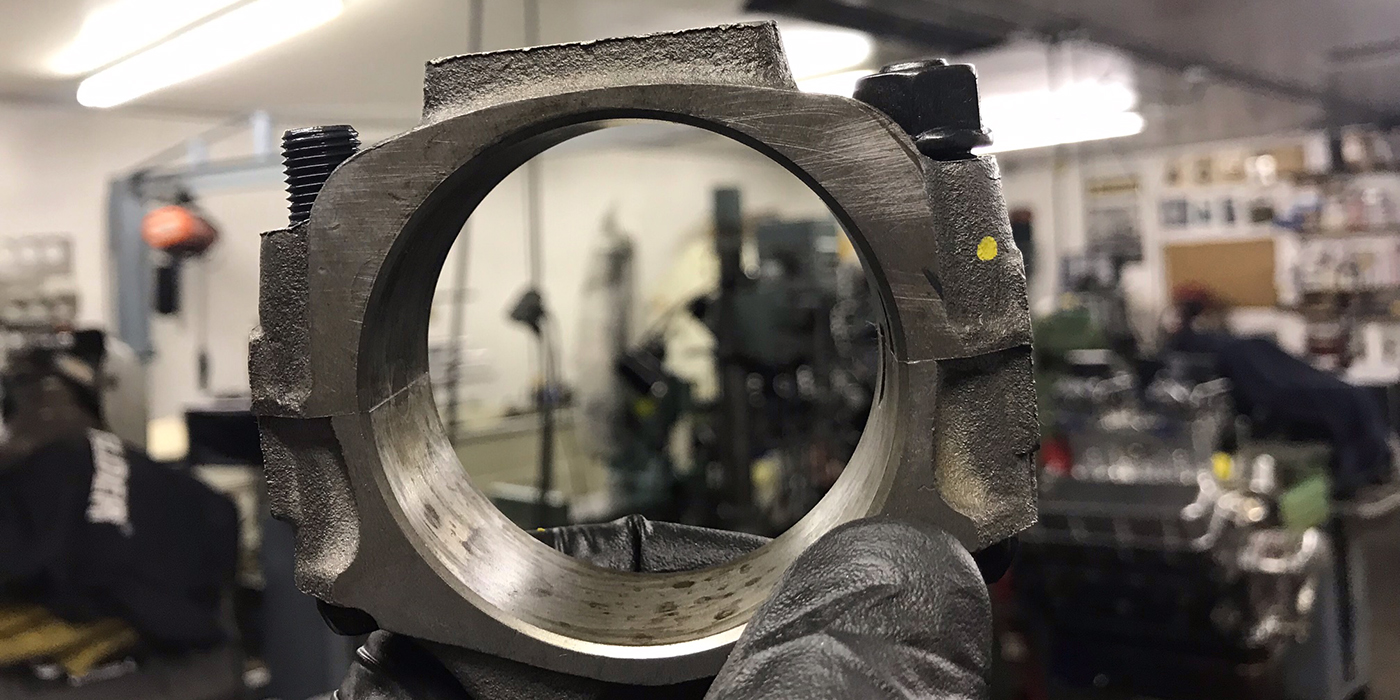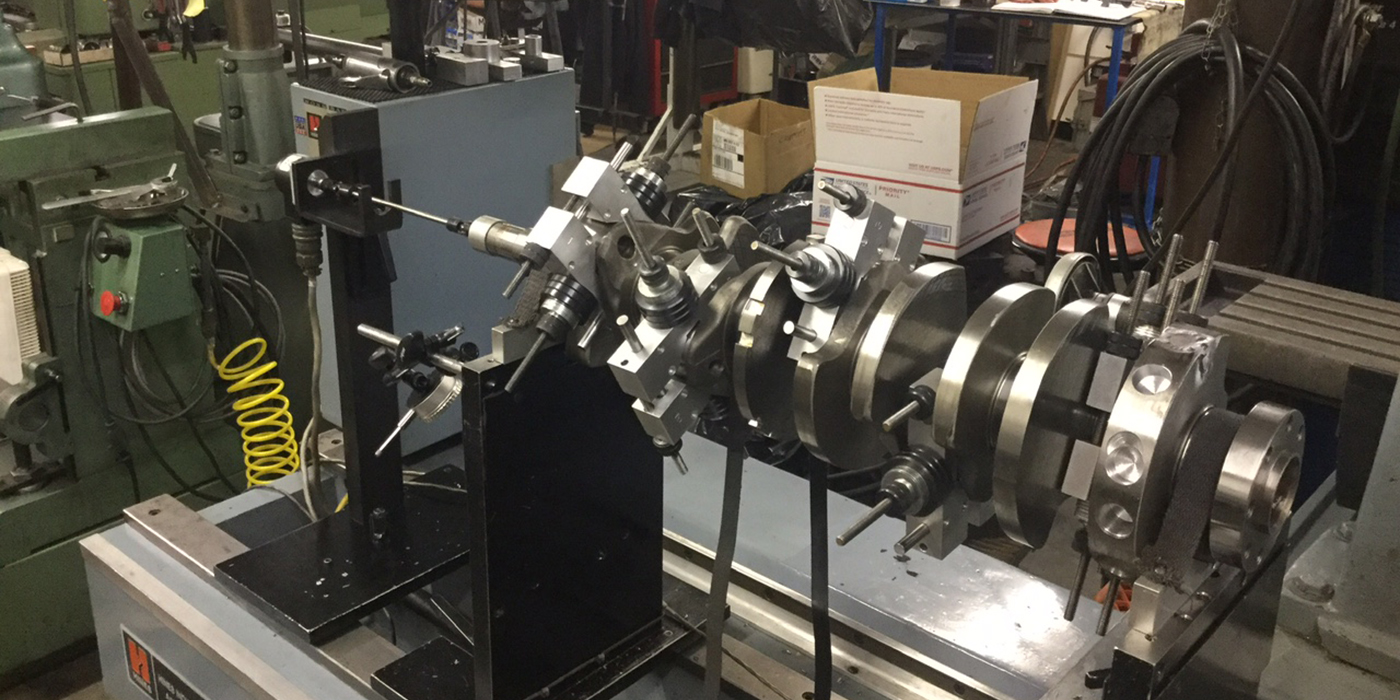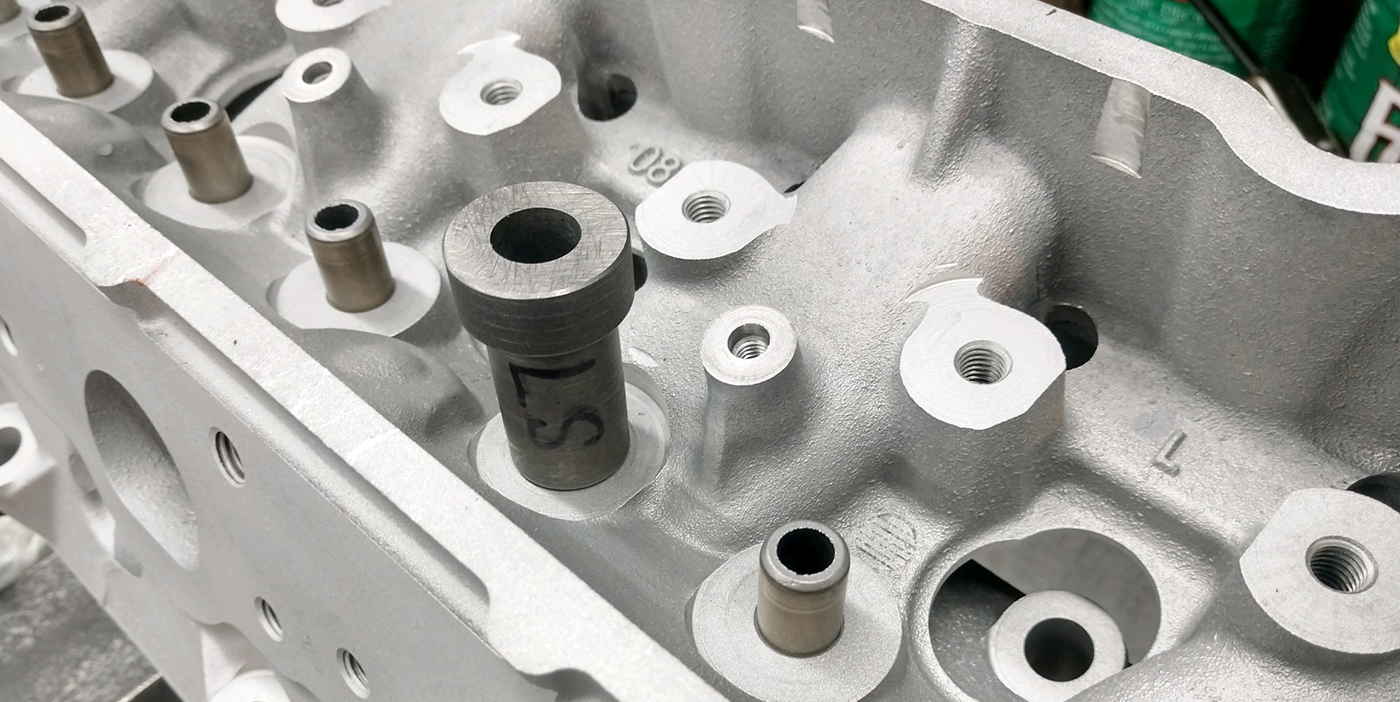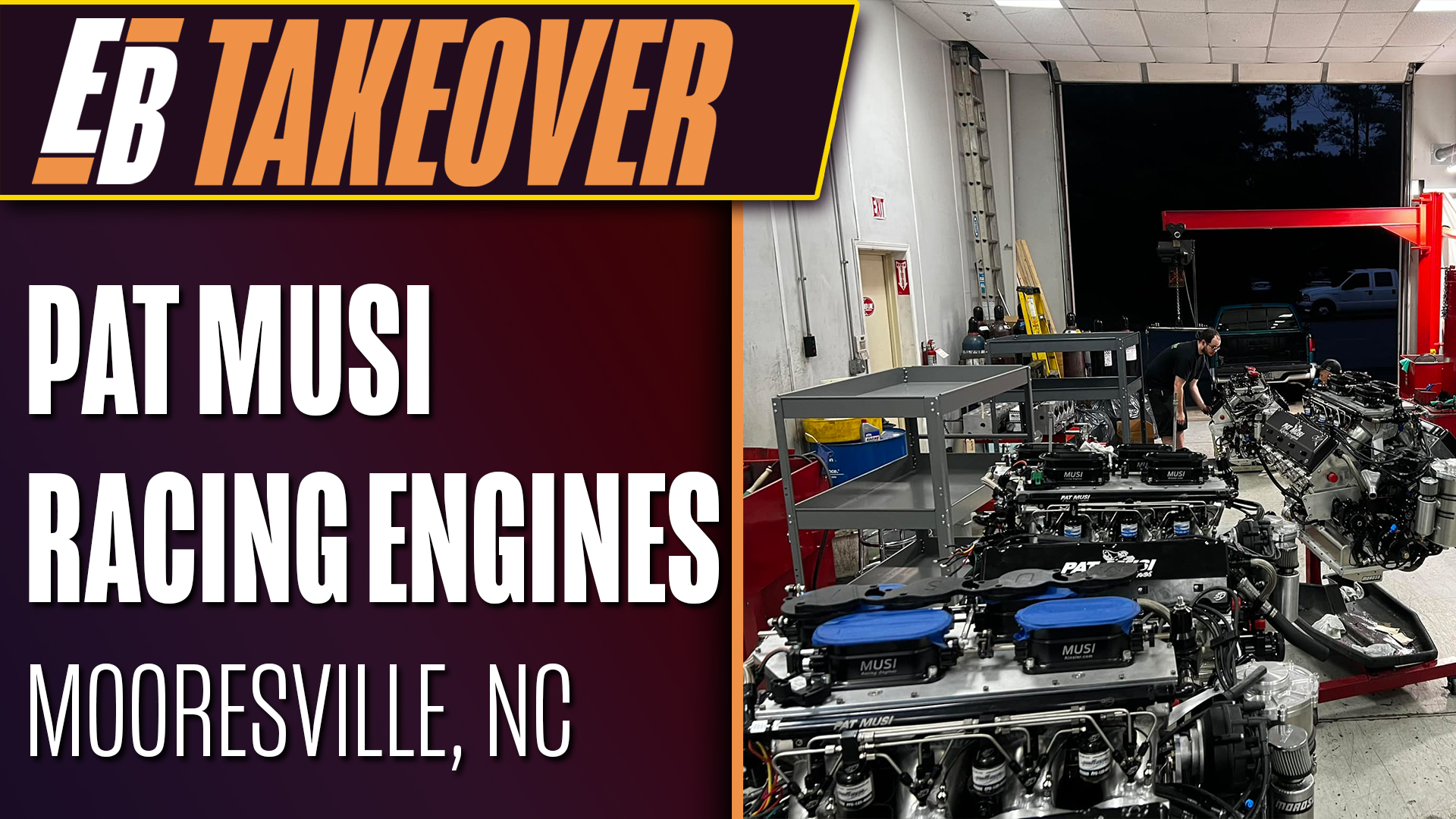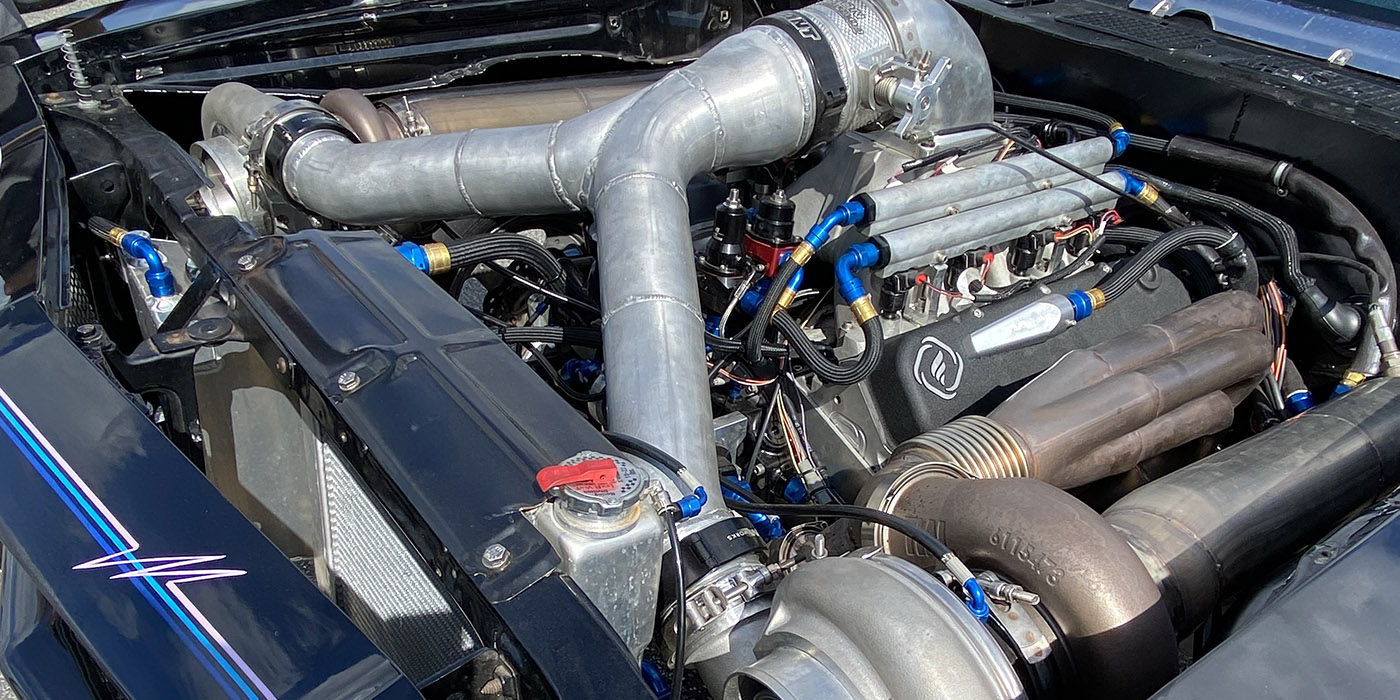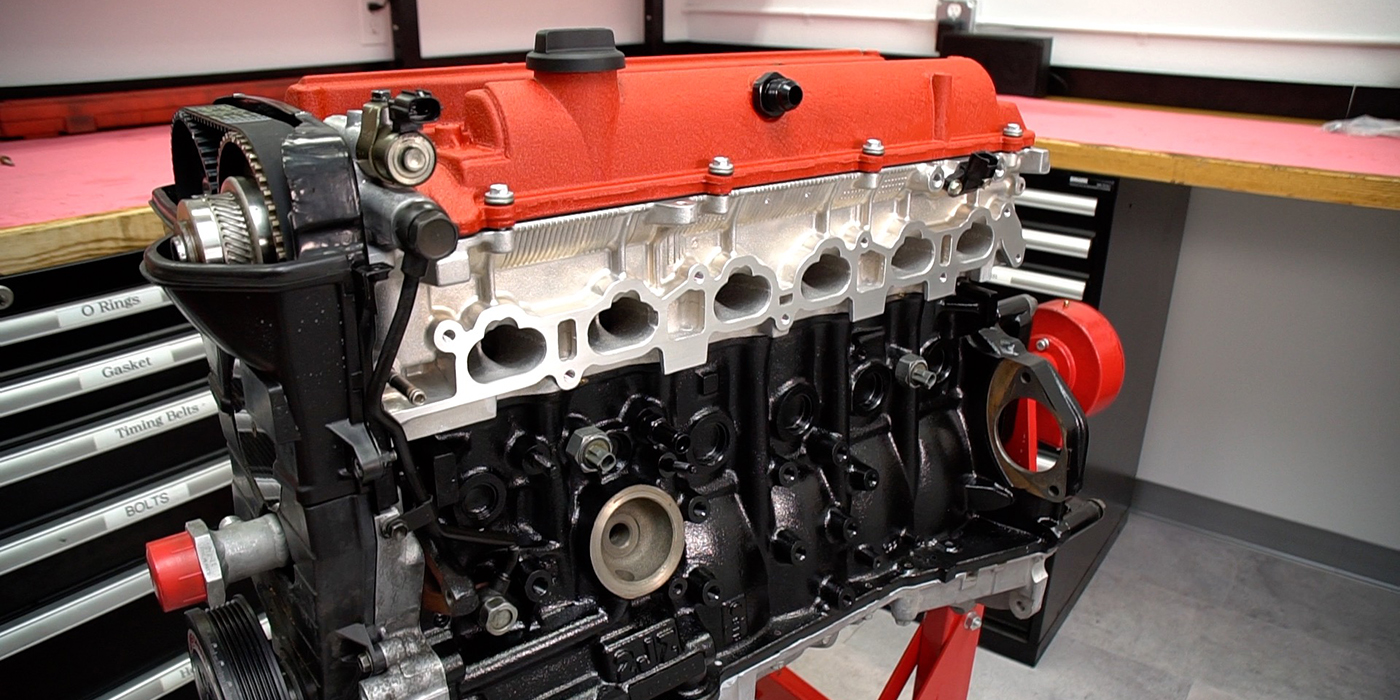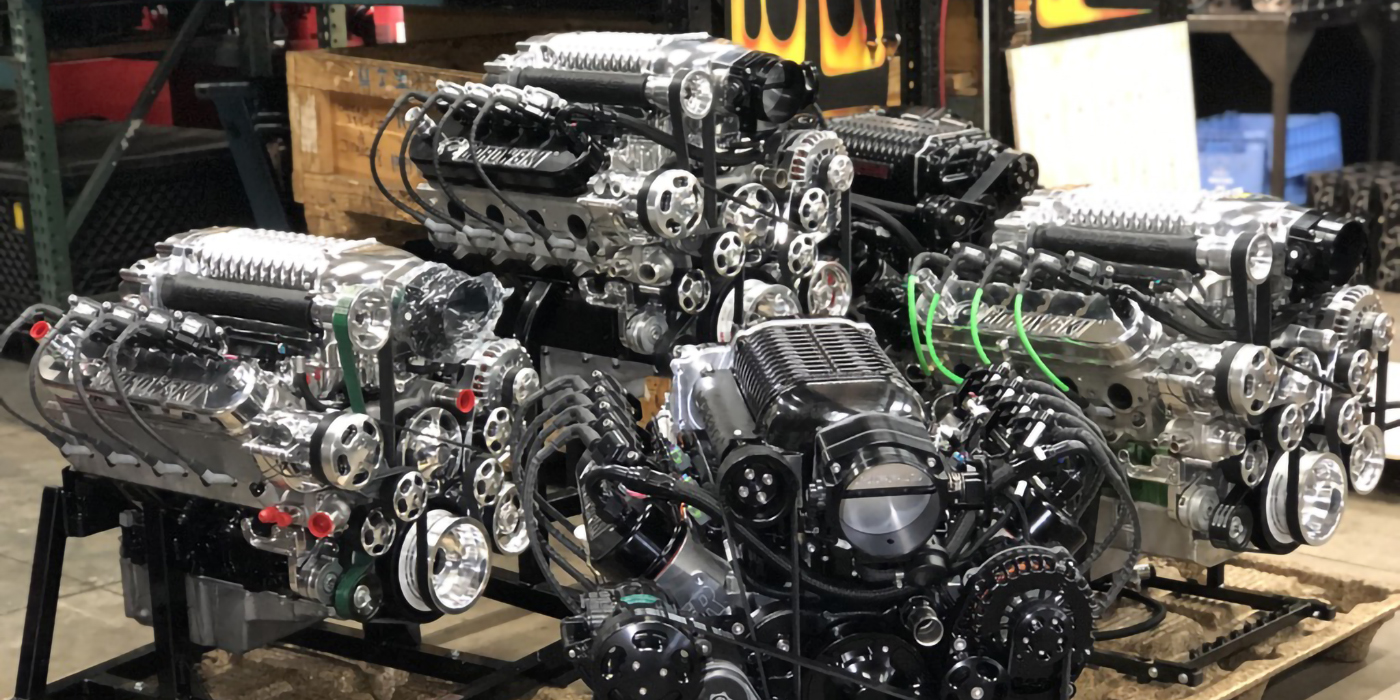RECYCLED MEASURING TOOL
To install valve guides on my heads, I just make custom-fit measuring tools out of the 6” steel rules I get at the trade shows. I cut them to fit in the lifter bores of the overhead cam engines. It’s quick and simple.
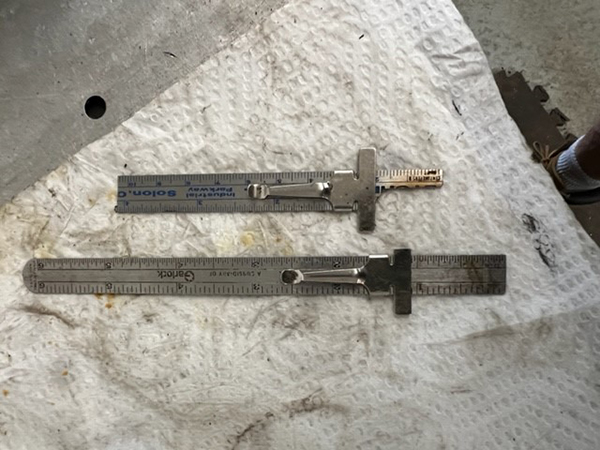
Matt Peebles
Matts Machine Shop
Melbourne, FL
LIFTER BUCKET REMOVAL
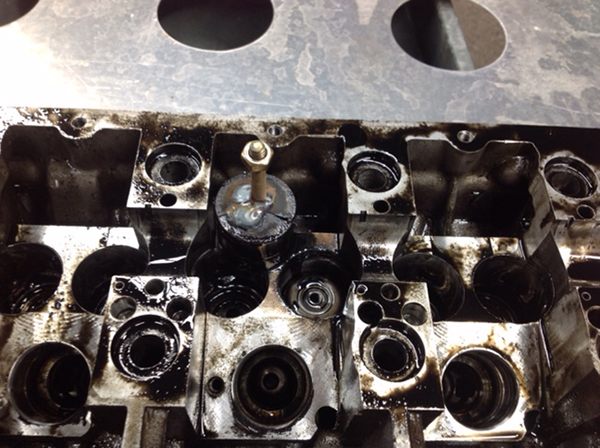
When the lifters crack on 1.9L VW diesels they will expand in the bore of the head. Welding a bolt on top of the lifter and then using your slide hammer makes for easy removal.
Tom Prodahl
Cylinder Head Service
Minneapolis, MN
INSTALLATION TOOL TOOL

When installing a reluctor wheel on an LS crankshaft, using the brand name alignment tool, use a piece of 4.5” pipe, notched and with a bar welded on the back to take the hammer blows. I can avoid banging on the tool and this provides a better surface area to seat the new reluctor wheel.
Joe Jill
Superior Automotive Engineering
Placentia, CA
CARBIDE GROOVE CLEANER
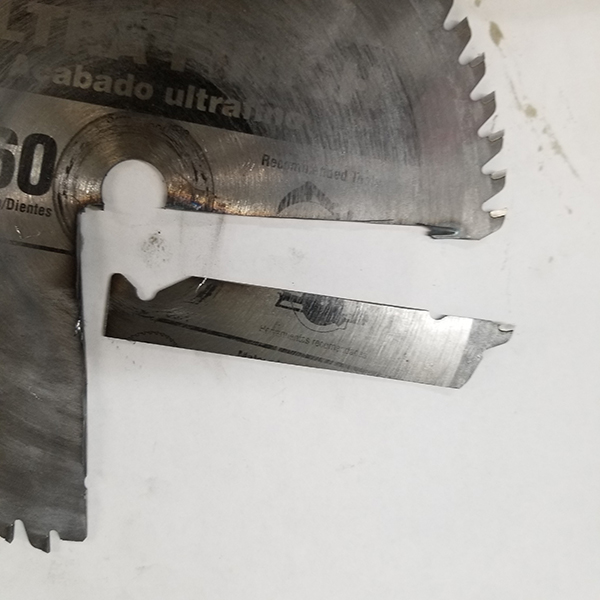
I needed a narrow grooving tool to quickly clean carbon from piston ring grooves for an engine restoration project. All the usual grooving tools were too wide, however a carbide tipped circular saw blade was a perfect fit. Using an angle grinder, I quickly made a grooving tool from the circular saw blade. It also serves well as a lathe parting / cut-off tool.
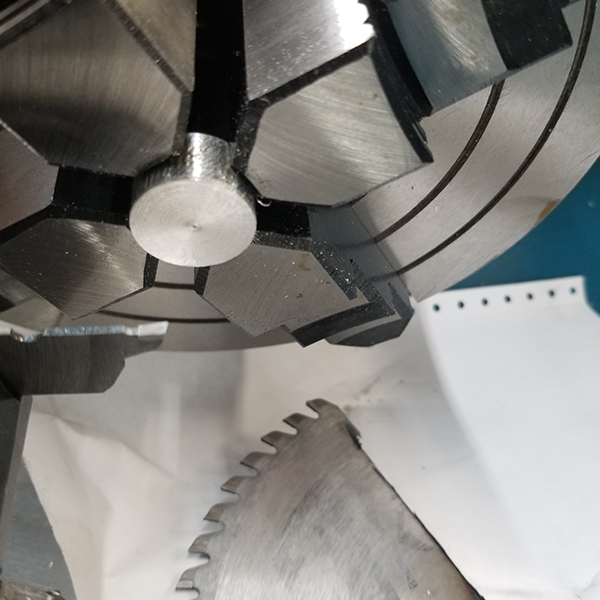
Tom Nichols
Automotive Machine & Supply
Joshua, TX
DON’T FAKE IT, MAKE IT
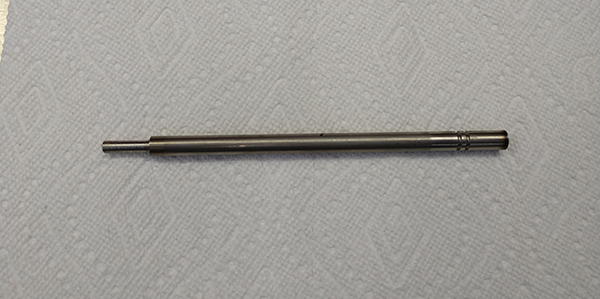
The only way to make money in your shop is to be able to do the job quickly and efficiently. This means having the right, good equipment and tooling. But, when you get caught needing a special tool and there’s no time to wait, just look for something in the shop to make it out of. I needed an extra-long guide driver, so I made one out of an old Caterpillar valve and it worked fine.
Randy Torvinen
Torvinen’s Machine Shop
Menahga, MN
FILL IT TO THE TOP
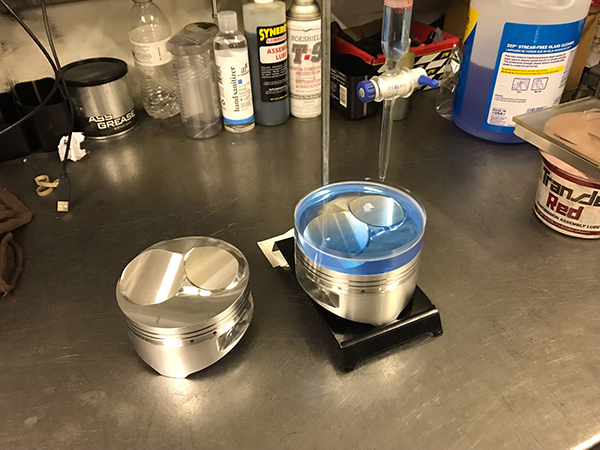
If you have a piston with a dome volume you’re unsure of, here’s an easy way to check. Wrap a single layer of thick packing tape around the head land, taller than the dome. It will maintain the full round shape if you’re careful. Fill it to the tip of the measured dome height and note the burette volume. Deduct that from the calculated volume of your crown diameter and dome height, and that’s your approximate dome volume. It’s not going to be an exact due to the surface tension of the fluid, but you’ll have a very good idea what you’re dealing with. I get within 1/2cc of the published dome volumes checking this way.
Ron Flood
Cedar Machine
North Branch, MN

